Bamboo mat is the name of a handicraft product made from bamboo, bamboo or reed trees that are split into long strips and woven into large panels with predetermined dimensions. In the past, mats were an easy-to-find item if you visited any house in the West, especially Hau Giang . From bamboo mats to store rice of ancient farmers to making house walls.
In the past, the whole hamlet 4 people practiced this craft, and the products were sold well. However, over time, this craft is no longer as prosperous as before, and many people have had to leave their hometowns to work far away. Now, there are only a few households in the hamlet who are still here, trying to preserve and teach their children. Every day, there are still diligent hands that make the traditional weaving craft alive.
Coming to Hamlet 4, we were introduced by the locals to visit the traditional bamboo weaving households of the locality. Talking to us, Mrs. Quach Thi Hiep (60 years old) said that since she became a daughter-in-law, she saw her family and neighbors following the profession. And just like that, Mrs. Hiep has been attached to the sound of splitting bamboo, the sound of weaving bamboo and the bustling atmosphere of the golden age of the craft village.
Mrs. Hiep recalls: “Since I got married and moved to the hamlet, I saw my parents doing it, so I also learned how to make curved bamboo strips. Gradually, I got used to it and then I did it myself. There are all sizes. 1m1x6m8, 1m1x5m is the main size, 8 inches is 6m8, 5 inches is also available. If people build walls, I make them in whatever size they order.”
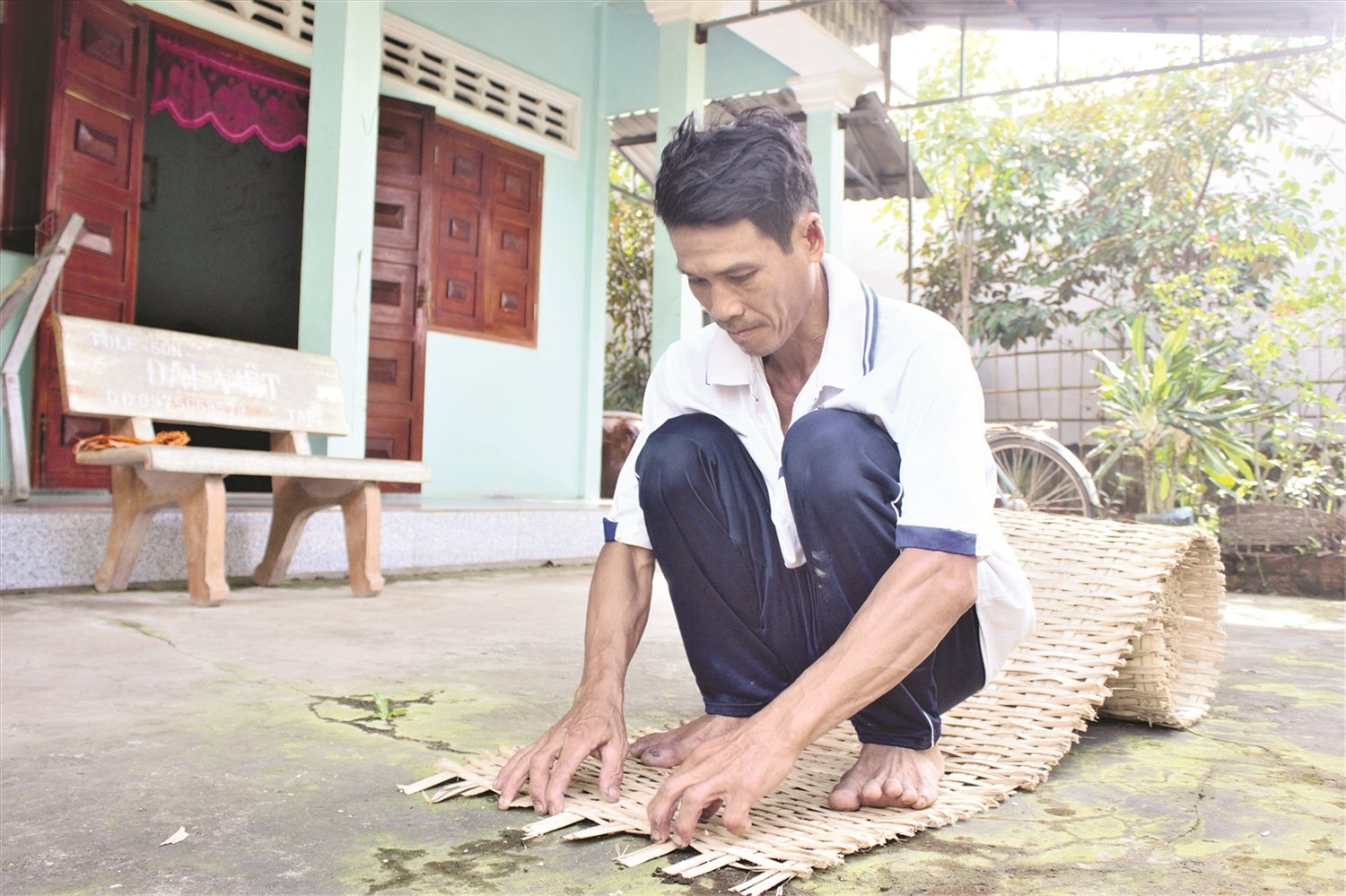
Having been in the profession since she was young, Mrs. Hiep can calculate how many bamboo sticks she can split just by looking at a bamboo tree. Previously, all the steps were done manually. Now, many households with good conditions have bought machines to support the bamboo splitting process, thereby increasing productivity.
To complete a complete bamboo product, it must go through many stages, clearly divided into tasks, each with its own difficulties. Normally, strong men are responsible for splitting bamboo and whittling strips. Women weave bamboo with their skillful hands.
Ms. Le Thi Tam, a villager, shared: “If you know how to split, it’s easy, but if you don’t know how, it’s difficult. This is very hard! When I first started doing it, I didn’t know how to cut my hands very often. But I have to try, because there is no other job but that job.”
Ups and downs of the knitting profession
According to those who still stick with the profession until now, currently the bamboo shoots are mainly used for construction, drying, and drying jams for Tet season... Because it is a manual profession, there is no time constraint, so as soon as the housework is done, one can start working.
In recent years, there have been times when prices have been low, raw materials have been scarce, and sometimes we have to search far and wide to find raw materials. Sometimes, we have to make a loss, so the number of people who stick with the profession is very small. Children nowadays are also less interested in this traditional job.
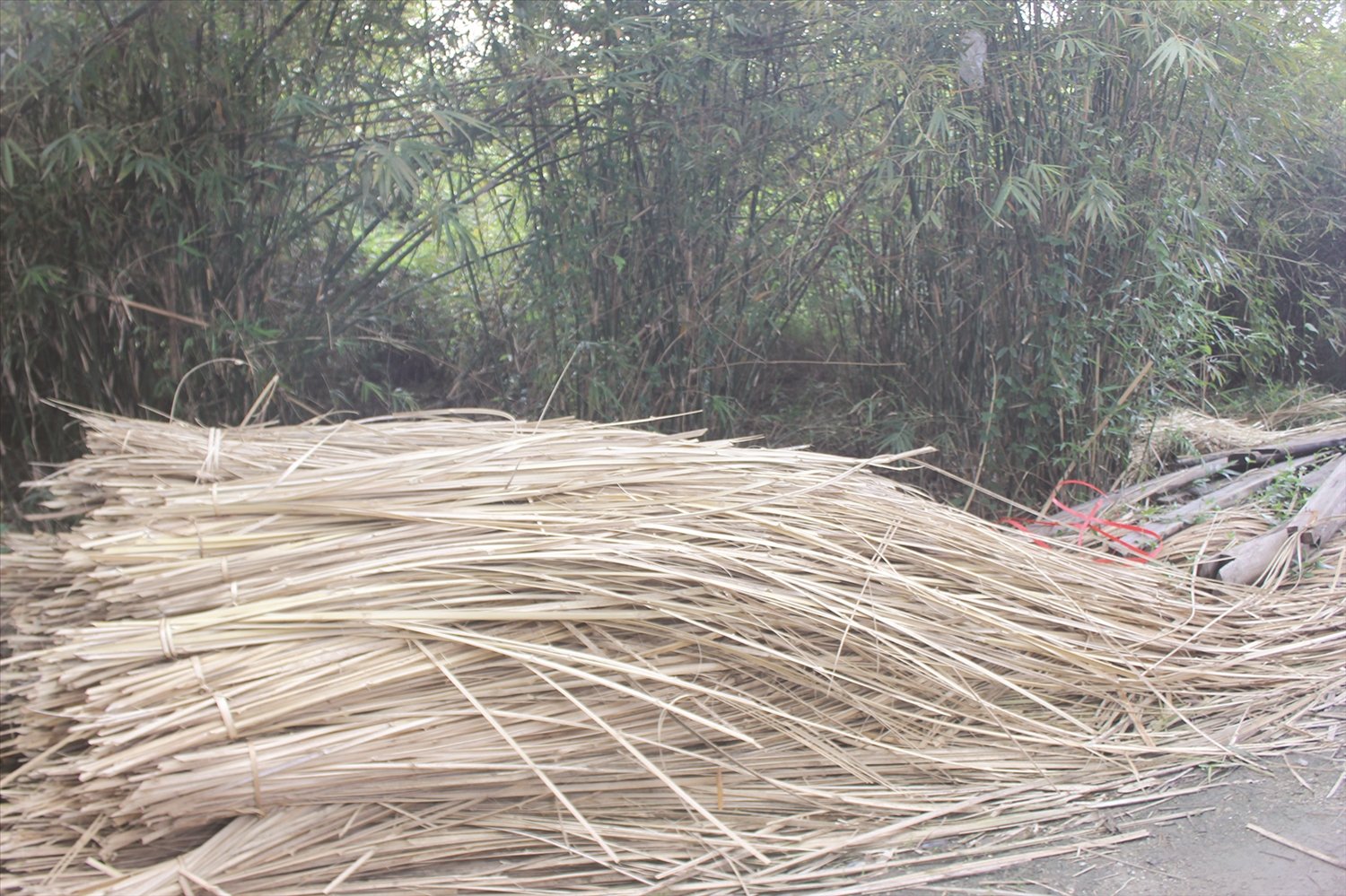
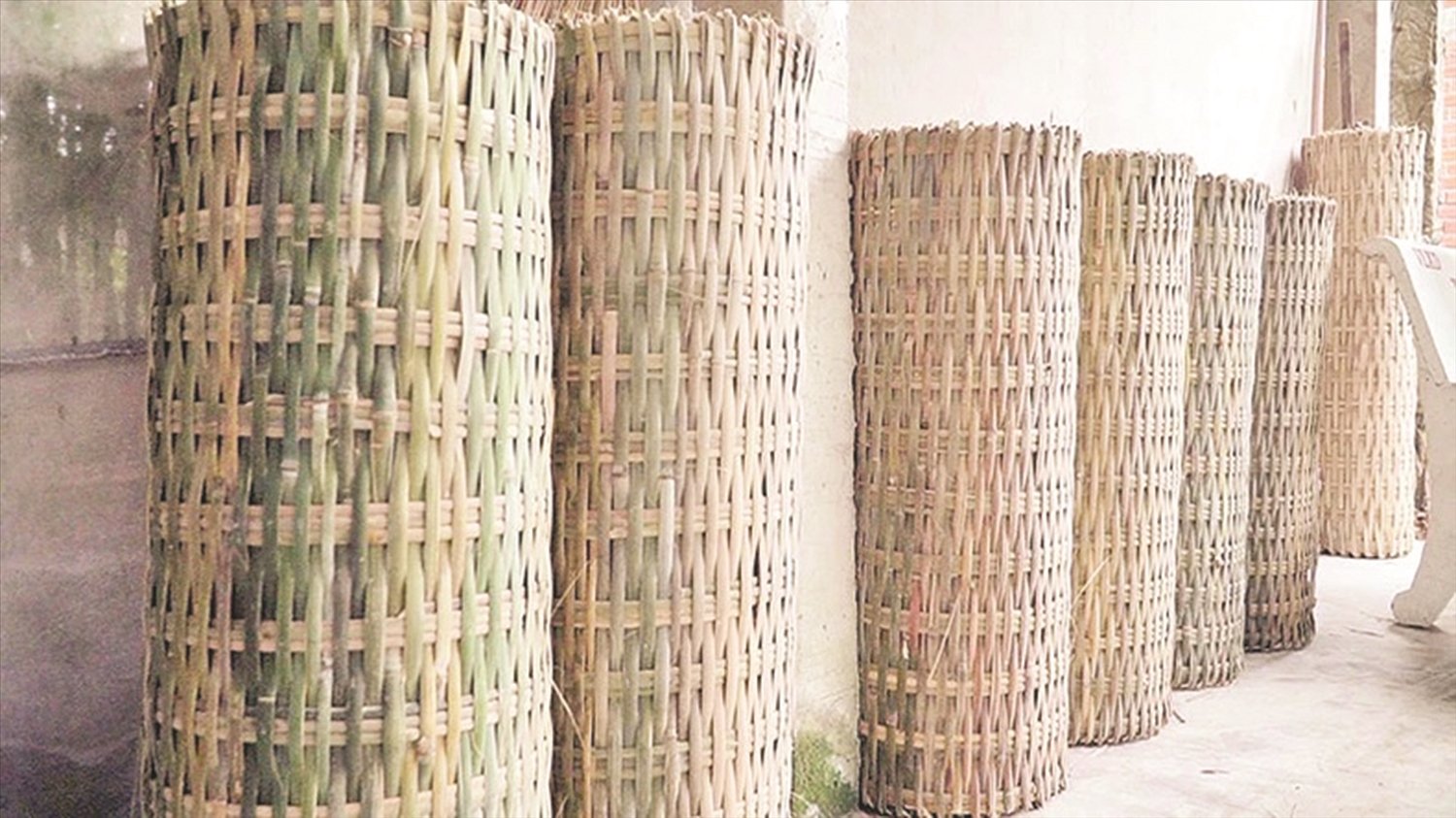
Mr. Do Hoang Phong (50 years old) expressed: “This profession will probably die out. When we were young, we split curved bamboo strips and hired them to peel them for 500-1,000 VND/bundle. Now they don’t have to learn, they don’t help us peel them like they did back then. When I get old, I think no one will buy them.”
Over time, today, most farmers after harvesting, have warehouses to store rice or put it in bags, no longer having to carry rice in sacks like in the past, so the demand for this product is not as high as before. However, although it is a side job, people do not abandon the profession. The vitality of the me bo is still there. Now, people use it to line the floor of barges to transport rice, dry rice, dry noodles, dry fruits, rice paper, etc. According to orders, the me bo products are collected by traders at the place, no longer having to transport them to other places to sell.
With the selection of the times, as well as other professions, the craft of weaving bamboo baskets needs a lot of changes to adapt to the new situation, both as a new way of doing things and as a way to preserve the traditional craft left by our ancestors.
To promote the values brought by traditional craft villages, including the bamboo weaving village in Hamlet 4, Hau Giang province has implemented Decree No. 52 dated April 12, 2018 of the Government on developing rural industries to localities in the province. At the same time, building regulations and policies to support investment in developing craft villages and rural industries in the province. Hopefully, this policy and the determination to preserve traditional crafts of the people will create a new "push" for the development of craft villages, contributing positively to the cause of building and developing agriculture and rural areas.
Hau Giang: This morning, the 4th Congress of Ethnic Minorities of Hau Giang province officially opened - 2024



![[Photo] Prime Minister Pham Minh Chinh attends the World Congress of the International Federation of Freight Forwarders and Transport Associations - FIATA](https://vphoto.vietnam.vn/thumb/1200x675/vietnam/resource/IMAGE/2025/10/08/1759936077106_dsc-0434-jpg.webp)



![[Photo] Prime Minister Pham Minh Chinh inspects and directs the work of overcoming the consequences of floods after the storm in Thai Nguyen](https://vphoto.vietnam.vn/thumb/1200x675/vietnam/resource/IMAGE/2025/10/08/1759930075451_dsc-9441-jpg.webp)
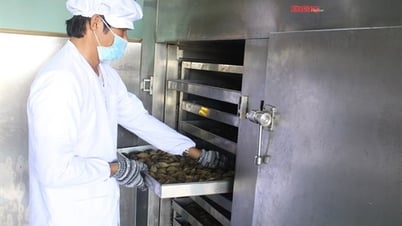




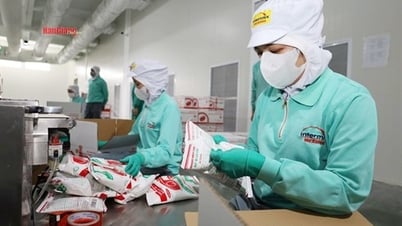











![[Photo] Closing of the 13th Conference of the 13th Party Central Committee](https://vphoto.vietnam.vn/thumb/1200x675/vietnam/resource/IMAGE/2025/10/08/1759893763535_ndo_br_a3-bnd-2504-jpg.webp)



















































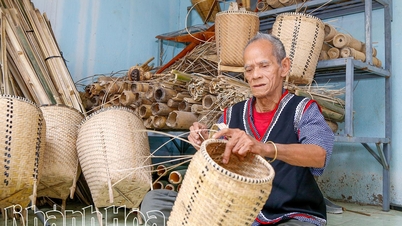















Comment (0)